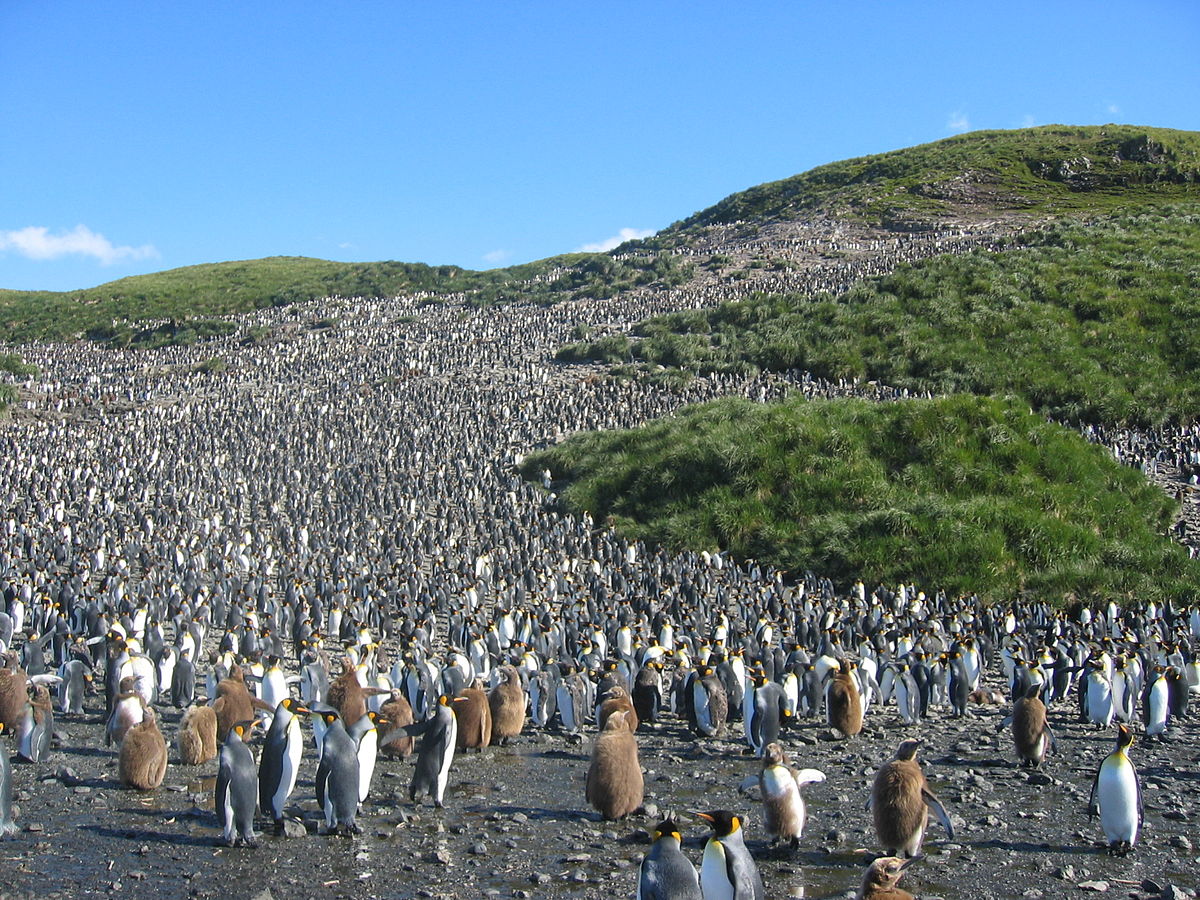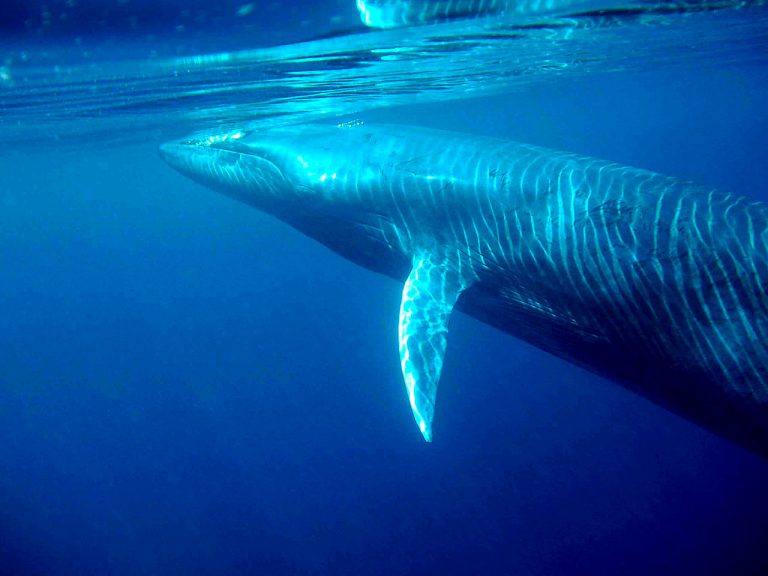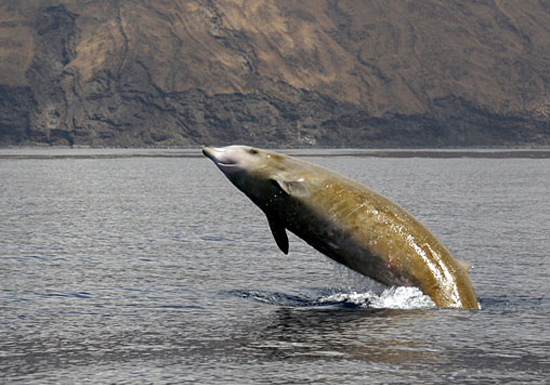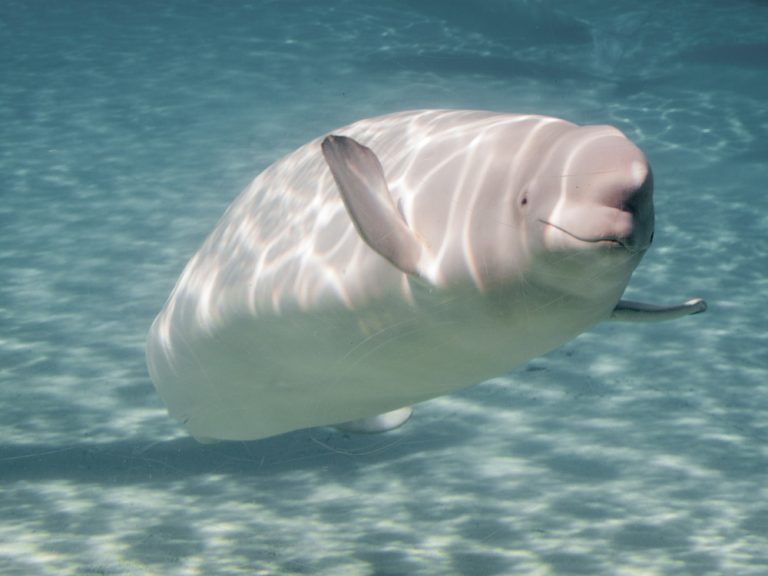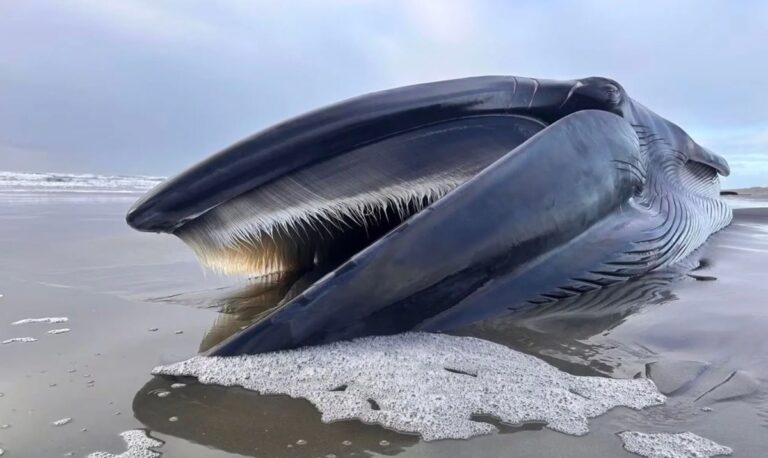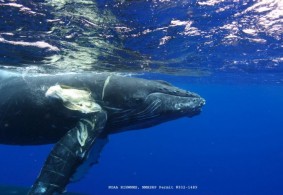Whales Are Returning To South Atlantic Remote Islands
Whales and other wildlife are returning in large numbers to South Georgia and the Sandwich Islands.
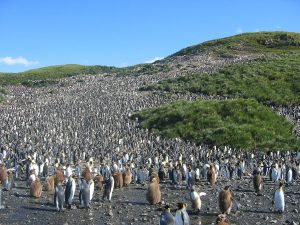
The place that was once credited as one of the greatest whaling stations on Earth is once again making big headlines.
In the South Atlantic, South Georgia and the Sandwich islands may not have any human habitation, but they are now thriving with wildlife, thanks to the penguins, seals and whales making their way back to this once deserted place.
The south of Sandwich Islands and South Georgia is a favorite spot for mammals drawn by the abundant krill and fish in the waters. Wherever you look, you can easily spot a seal, a penguin or a whale – an incredible sight to watch.
Visitors and tourists to the islands are often the center of attention of the very curious baby seals and the penguins. Even though tourists are not allowed to go close to the wildlife, the baby animals will rush to them for a closer look.
The history of this place is worth knowing too.
The Ghost Town Whaling Station
As part of the United Kingdom’s overseas territories, South Georgia is a once-booming whaling station known as Grytviken (meaning pot cave in Norwegian). Close by are a number of also remote and inhospitable islands that make up the Sandwich Islands.
Collectively, this place was founded in 1904 as a full-scale whaling station for the Argentine Fishing Company by Captain Carl Anton Larsen. This whaling operation grew to become one of the largest of its kind in the world. As a result, the town was also home to a thriving fishing industry and a fur trade.
This township gained tremendous success in the first season itself by claiming as many as 195 whales.
The remains of the town today still speak of evidence that says approximately 175,000 whales were killed in this whaling station during its life time from 1904 to 1965. By 1966, the number of whales became so low that any further exploitation would have proved futile. However, the place still boasts abandoned ship tanks filled with whale oil and shores with shale remains and bones. A reminder of the busy times in this township in the early to mid 20th century.
Fur-seal hunting stopped by 1913 and the last whale hunted was caught in 1965. Thereafter, the only activities on the islands were fishing, tourism, and scientific research for many years.
Returning Of Whales, Seals, And Penguins
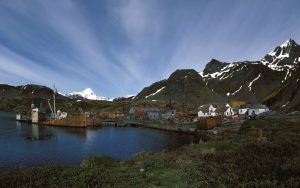
In 2012, the authorities in charge of the islands created a marine protected area permitting only sustainable fishing in the region. And a year later, they banned fishing completely in some parts of the waters surrounding the islands.
Not long after, seals, penguins and whales started returning to the territories.
Today, the wildlife in South Georgia and the south of Sandwich Islands is abundant.
The two biggest king penguin colonies of the world are found here. Six of their most common species – Macaronis, Rockhoppers, Adelie, impressive regal kings, Chinstraps and Gentoos can all be found here in large numbers.
Fur seals that were once destroyed leaving just a handful, are now living in millions. In fact, they number about 5 million: that’s almost 95 percent of the world’s fur seal population.
In addition to seals and penguins, as many as 10 million species of seabirds like prions and petrels also inhabit this place today. South Georgia pintail, the only carnivorous duck found in the world also calls South Georgia its home. And whales are returning in groups to own the deserted place again. Some of the returning whale species include Sei whales and Fin whales.
South Georgia and the Sandwich Islands are examples of an ecosystem that has recovered quite well.
New Threats To The Emerging Wildlife
-
Global Warming
Global warming and the resulting climatic change will affect us all. But its adverse effect is primarily seen on the melting glaciers and the rising temperatures at the poles.
This poses a serious threat to this thriving wildlife in South Georgia and the Sandwich Islands.
Melting glaciers mean a continuous flow of freshwater into the coastal ecosystem that can devastate the balance of wildlife there. The abundant prey the larger species depend on, such as krill, are particularly sensitive to warmer temperatures. This could interfere significantly with the fragile stability of the resident wildlife.
-
Rat Invasion
South Georgia in particular has had a history of rat infestation. The rats were killing many of the seabirds at an unsustainable level. Consequently, the authorities spent in the range of $7 million to get rid of the rats. If just a few rats were reintroduced into the ecosystem, the problem could resurface all over again.
-
Oceanic Trash
The persistent issue of oceanic trash is raising its ugly head here again.
Though this region is not inhabited by humans (except for a few administrative and research personnel) pollutants are carried on the waters from other areas and deposited here. Non-biodegradeable substances like plastic bags, styrofoam, floating cans, etc, are finding their way to the islands.
This is a major cause for concern among environmentalists as this region has one of the most abundant wildlife and is now referred to as “Earth’s last great wilderness.”
However, there are efforts in place to keep the ecosystem intact and clean for the animals. Hopefully, more of them will keep coming back to their land and thrive in its untouched and uninhabited glory.

